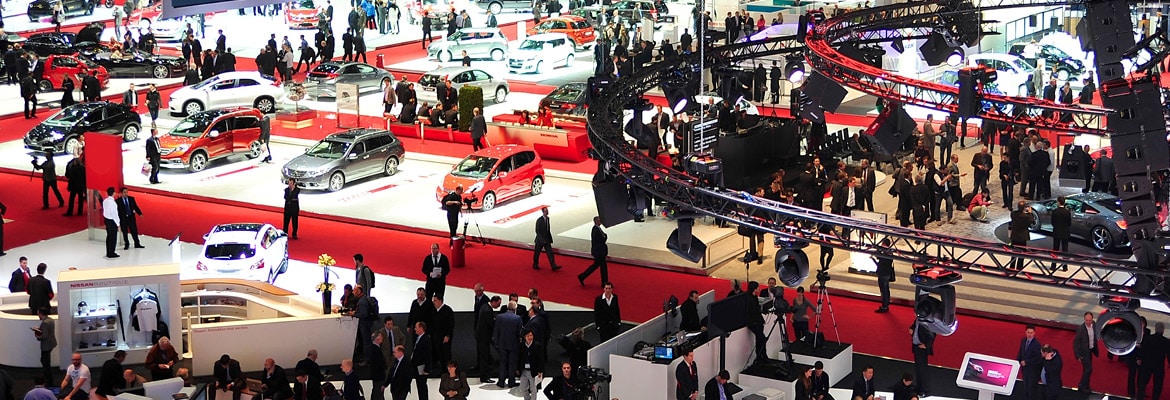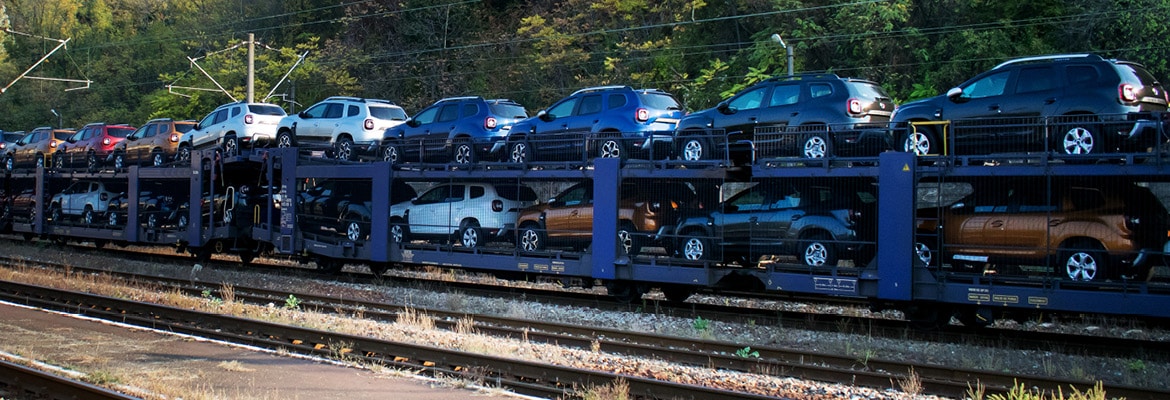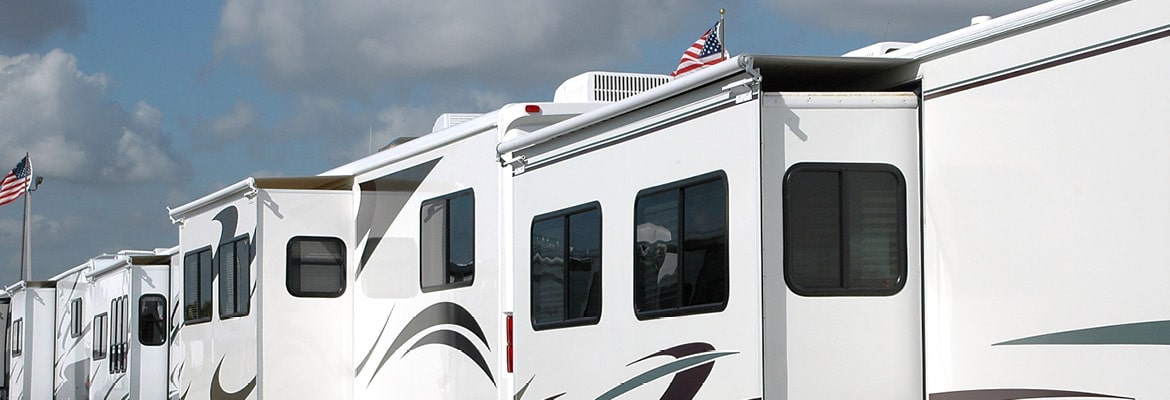Author(s)
The largest auto show in North America, the Chicago Auto Show has been operating for more than 120 years. This year, it returns to its home at McCormick Place on Chicago’s lakefront, from February 10-19, 2024.
If you’ve never been, or need a refresher, here are several key things to know plus tricks of the trade to help you fully enjoy this year’s event.
General Information about the 2024 Chicago Auto Show
How big is the Chicago Auto Show?
The Chicago Auto Show spans more than one million square feet of floor space at the McCormick Place complex.
You can view the Chicago Auto Show floor plan here.
How much do tickets cost at the 2024 Chicago Auto Show?
Tickets can be purchased prior to the event online, or at the door during the event. Here’s the cost breakdown for admission to get into the 2024 Chicago Auto Show (taxes not included):
- Adults: $17
- Seniors (age 62+): $12
- Children (ages 4-12): $12
- Children (under 3): Free
- First responders and military personnel (with badge or ID): Free
Your ticket is valid for one day. However, if you need to leave and re-enter the floor, you must get your hand stamped by a member of the staff. Discounts may be available if you want to attend multiple days.
What are the dates for the 2024 Chicago Auto Show?
The nation’s largest and longest-running auto show begins February 10 and runs through February 19, 2024.
What hours is the 2024 Chicago Auto Show open?
The hours for the Chicago Auto Show are as follows:
- February 10: 10am – 9pm
- February 11: 10am – 6pm
- February 12-18: 10am – 9pm
- February 19: 10am – 8pm
How many people attend the Chicago Auto Show?
In 2023, the Chicago Auto Show drew in an attendance of over 300,000 individuals—an increase of 100,000 people compared to the previous year. With this consistent growth year after year, anticipation is high for another substantial turnout in 2024.
Where do I park for the 2024 Chicago Auto Show?
McCormick Place has parking on site across three lots, costing between $16 to $25 per day. After 6pm, prices for all three lots drop to $11. Overnight parking is not available.
Is there food at the Chicago Auto Show?
There are dozens of food and beverage vendors (including alcohol) stationed throughout the event. Outside food and beverages are also permitted, except for alcoholic drinks. It’s important to note that McCormick Place is a cashless facility.
Is the Chicago Auto Show kid-friendly?
Children are more than welcome at the Chicago Auto Show, particularly those interested in automobiles. Not only can kids attend for low or even free admission, but nearly every vehicle on display is unlocked for kids to climb into the driver’s seat. Better yet, your child can participate in the racing simulator areas or ride along with professional drivers on the indoor and outdoor test track (as long as they are taller than 42 inches!).
How long do people spend at the Chicago Auto Show?
According to the 2020 Chicago Auto Show event and attendee demographics, the average visit is five hours.
What are the best hotels to stay at for the 2024 Chicago Auto Show?
If you are traveling to Chicago exclusively to visit the auto show, the Hyatt Regency McCormick Place offers discounted rates for attendees.
How to get the most out of your visit
If you’re a first-timer or are a seasoned attendee looking for ways to optimize your Chicago Auto Show experience, we’ve got some tips to share.
- Dress comfortably. Wear shoes that will provide support for being on your feet all day and clothing that allows you to easily climb in and out of vehicles (if you plan to do so).
- Go on a weekday. If you have the flexibility, visit Monday through Thursday. Not only are the crowds a bit thinner, but some local dealerships may offer discounted tickets for weekdays.
- Give back, get perks. Bring three canned foods on February 14th, 15th or 16th and receive $5 off a full-priced adult ticket. All cans of food are donated to A Safe Haven, benefiting unhoused people in Chicago.
- Check out a map. The Chicago Auto Show often releases a map of the showroom floor ahead of the event, so take a look before you go and plan your route.
- Relax. Your love of cars may be serious, but this annual event is meant for fun and entertainment. Educate yourself as much as you can in advance to avoid surprises during your visit—and make sure you allow yourself plenty of time to get to all the things you want to see.
What you can expect to see at the 2024 Chicago Auto Show
Wondering about the cars you’ll be able to see at the Chicago Auto Show? Explore vintage, classic and innovative concept cars, as well as new makes and models from top manufacturers, like:
- Aston Martin
- Audi
- BMW
- Buick
- Chevrolet
- Chrysler
- Dodge
- Fiat
- Ford
- GMC
- Hyundai
- Jeep
- Kia
- Nissan
- Rivian
- Subaru
- Tesla
- Toyota
- Volkswagen
- and more!
How many cars does the Chicago Auto Show have?
In total, there will be nearly 1,000 different vehicles on display at the Chicago Auto Show.
Can you buy cars at the Chicago Auto Show or test-drive vehicles?
Most cars displayed are only for exhibition purposes and aren’t available for purchase, but some select manufacturers will allow customers to place an order for a vehicle at the show. Many vehicles are also unlocked for attendees to look through and sit in, except concept cars and high-end vehicles. There are also test-drive opportunities, where you can:
- Drive the vehicle yourself outdoors
- Ride with a professional driver on the designated tracks on the show floor
In addition to the vehicles themselves, most brands have booths with information, games, merchandise and more. Representatives are also on hand to answer questions and find a dealer location if you’re interested in purchasing a vehicle.
Found your dream car but it’s only available at a dealership or seller across the country? Montway can ship it for you.
See you at the show
If you’re an automobile enthusiast, the Chicago Auto Show is the place to be this February. Whether you’re looking to buy or just want to see cars you can’t find anywhere else, there’s sure to be something for you!
Preview vehicles, check out photos from past events and more at the official Chicago Auto Show website.
If you’re looking for more car shows to attend throughout the year, check out the most popular car auctions in 2024.

About Montway Auto Transport
Montway arranges top-rated shipping services for classic and luxury car collections, car buyers, and motorcycle enthusiasts. If you’re looking to add to your collection or buy or sell an everyday vehicle, check out The 13 Best Websites To Buy & Sell Used Cars Online for the pros and cons of the most popular sites.
When you’re ready to transport your vehicle, contact Montway. With 15+ years of experience and over 90,000 online customer reviews, you can trust our track record of safe and convenient auto transport. Request an instant quote today.







